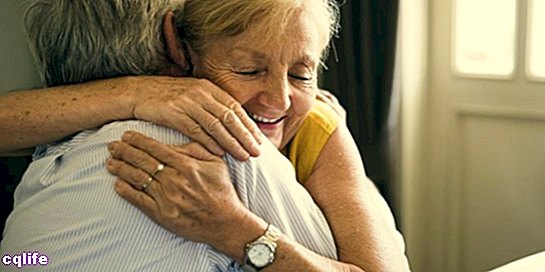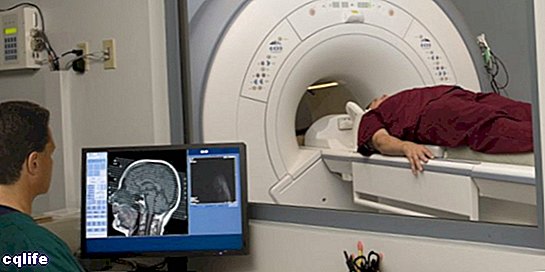We explain what affection is, the origin of the term and its legal meaning. Also, what is a display of affection and affective neuroscience.

What is affection?
At language Every day, we call affection the affection or inclination that we feel for someone or something, that is, a type of bond or feeling of esteem, if not all the feelings or emotions that we can experience at a given moment (generally “ affections ”).
This word comes from the Latin word affectus, composed of the prefix ad- (“Towards”, “towards”) and the verb facere ("To do"), as a derivation of afficere ("to affect"). The Romans spoke of affectus to refer at the same time to the “state of the soul”: the combination of the physical state and the emotional state, and the feeling or the will that one could express towards someone or something, that is, how affected one was by it.
In any case, today we understand affection as the measure of our emotional and sentimental world, that is, as that which mobilizes us internally. We feel affection for someone we love, but we are also moved by a particularly moving situation.
The subject of affectivity, however, has occupied philosophers for centuries, who have tried to understand what emotions are and how they are experienced by the individual. human being. Authors like Baruch de Spinoza (1632-1677), for example, reduced them entirely to variations of three fundamental affects: joy, sadness, and desire.
However, in the legal sphere, affection is understood as a burden or obligation that concerns a thing or a person, or that legally favors any of the actors involved, being able to speak, for example, of “assets subject to detraction”, for example, or of “subjects subject to income tax”.
Show of affection
Since affection is an inner reality of the human being, that is, an element of those that make up their internal mental world, it usually requires a manifestation or show of affection, that is, an action or a word that reveals the other feelings hidden within a person.
The displays of affection, however, are part of the codes and conventions of the cultures, and there are therefore more and less accepted ways of showing affection, depending on the historic context Y cultural in which one is. Thus, for example, in the West, displays of affection are considered:
- Kisses, on the hand of a woman, on the cheek of a friend or relative, or on the mouth of lovers.
- Hugs, especially between people who are very emotionally close, such as family or friends, as a greeting or farewell, or in response to news (good or bad).
- The handshake, used especially in formal contexts, in which respect, appreciation or agreement is expressed.
- Gifts, both on holidays (such as Christmas) as in ordinary days, are interpreted as a way of expressing affection to the other.
- The parties, in which a group of people meet to pay tribute to the affection they feel for an individual honored.
Affective neuroscience

Affective neuroscience is a scientific discipline that is dedicated to the study of affects and emotions, from both a psychological and a neurological point of view. Thus, he is interested in elements such as personality, emotions and mood, looking for an origin or at least a link with the chemistry brain and reactions biochemical of the human body.
For this, this discipline uses techniques Y technologies common in the medical world, such as MRIs, EEGs. It also uses computational models, psychological tests and the history of patients, especially those whose neurological functions have been accidentally altered and have presented drastic changes in their way of being and feeling as a consequence.
Follow with: Will
